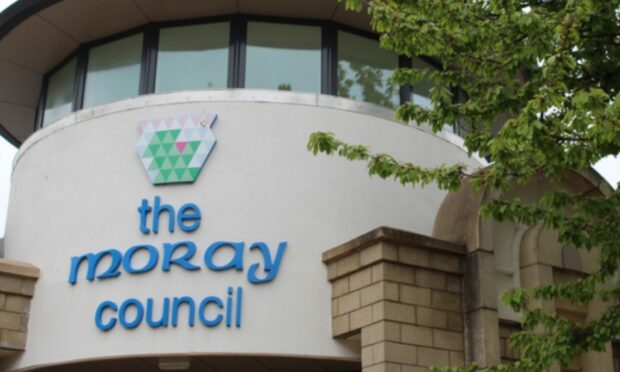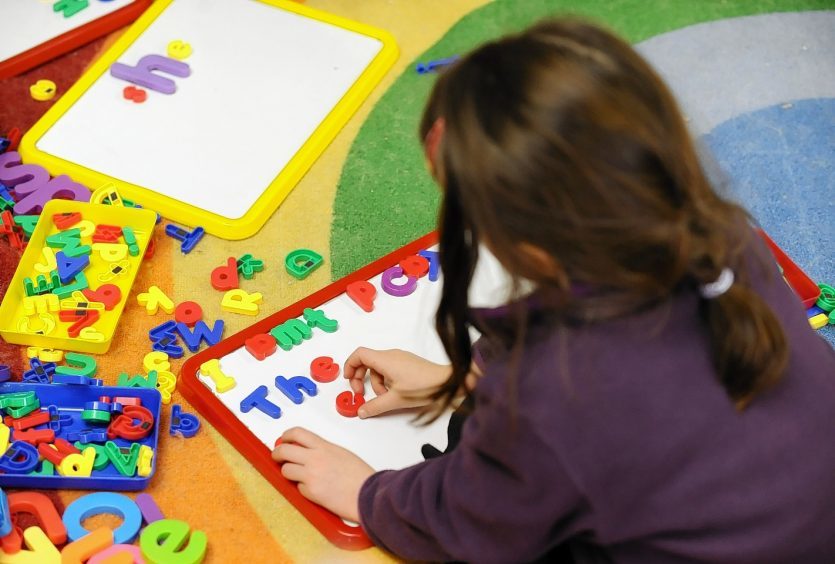Moray schools have fallen well behind the national average for literacy and numeracy in every single measure, a council report reveals.
The Scottish Government records data on Achieving Curriculum for Excellence Levels (ACEL) at primary one, four and seven, and again in S3.
The latest figures for the 2022/23 school year show that Moray schools are not meeting the national average on any measure.
In fact, they lag a little behind – or significantly behind – other Scottish schools across the board. In some areas, such as literacy, Moray schools are as much as 14% behind the national average.
Moray Council hopes to address the problem by hiring more teachers. But with lingering uncertainty over the teachers’ pay deal, can the council afford it?
Literacy problems throughout primary and secondary school
The figures for literacy are particularly challenging.
At primary school level, just 65% of Moray pupils are meeting the required level, compared to 71% in the rest of Scotland.
By S3, Moray is 14% behind the national average, with 72% of pupils working at the required level. By stage four, it’s just 37% – 11% behind the national average.
These figures are part of a detailed report on ACEL attainment for Moray’s education committee.
The report provides red, amber and green rankings for every performance measure.
Every set of primary school data is rated amber, for performance that falls below the national average.
But by secondary school, reading, writing and literacy are all coloured red (marking performance well below the national average), and double digits behind the rest of Scotland.
Numeracy results are improving
The picture for numeracy is a bit more positive.
In primary school, 72% of pupils are working at the required level, compared to a national average of 78%.
In secondary, Moray is 3% behind Scotland with 86%.
The data also seems to be headed in the right direction. Across the board, the results generally held steady against last year, or showed some modest improvements.
Primary seven data showed a 3% increase in literacy and a marked 7% increase in numeracy.
And while stage four literacy is very poor at 37%, it is 14% higher than in the 2021/2022 school year.
It’s safe to say the council has work to do, and it’s set itself some ambitious targets.
By next year, Moray Council aims to improve those figures by 2-3% across the board (see the dotted bars on the above charts.)
But by 2026 it has more ambitious ‘stretch targets’.
These include a 9% increase in primary school literacy and 6% in primary school numeracy.
At secondary, it’s set its sights on a score of 90% for literacy (a huge jump from the current 72%) and 93% for numeracy.
The big question: how will it deliver?
Moray schools could get more teachers
Moray Council education bosses are going to councillors with a plan. When education committee meets on 25 January councillors will be asked to approve a detailed strategy and the hiring of more teachers.
Among the list of action points are school improvement plans, revised literacy and numeracy strategies, teachers’ toolkits, improved data collection and support to help close the poverty-related attainment gap.
But probably the most welcome change for schools is the proposal to hire more teachers.
Last March, the education committee agreed to hire 21 additional one-year newly qualified teachers across primary and secondary schools. Now, councillors will be asked to fund more teacher posts. The extra staff will provide additional targeted support to raise attainment based on school need.
However, the report does not specifically state how the extra teachers will be funded – stating only it would come from “additional Scottish Government funding”.
And it sets out a bleak range of risks – the most obvious being budget pressures and the ongoing uncertainty around teachers’ pay.
The report also highlights that pupils have missed a lot of school due to teacher strikes and bad weather. Then there’s the national shortage of maths teachers.
Put simply, it’s hard to improve pupils’ school work if the gates are shut.
Moray Council did not respond to requests for comment.
More from the Schools & Family team
Cost-of-living crisis leaves Aberdeen swimmers ‘shivering and desperate’



Conversation